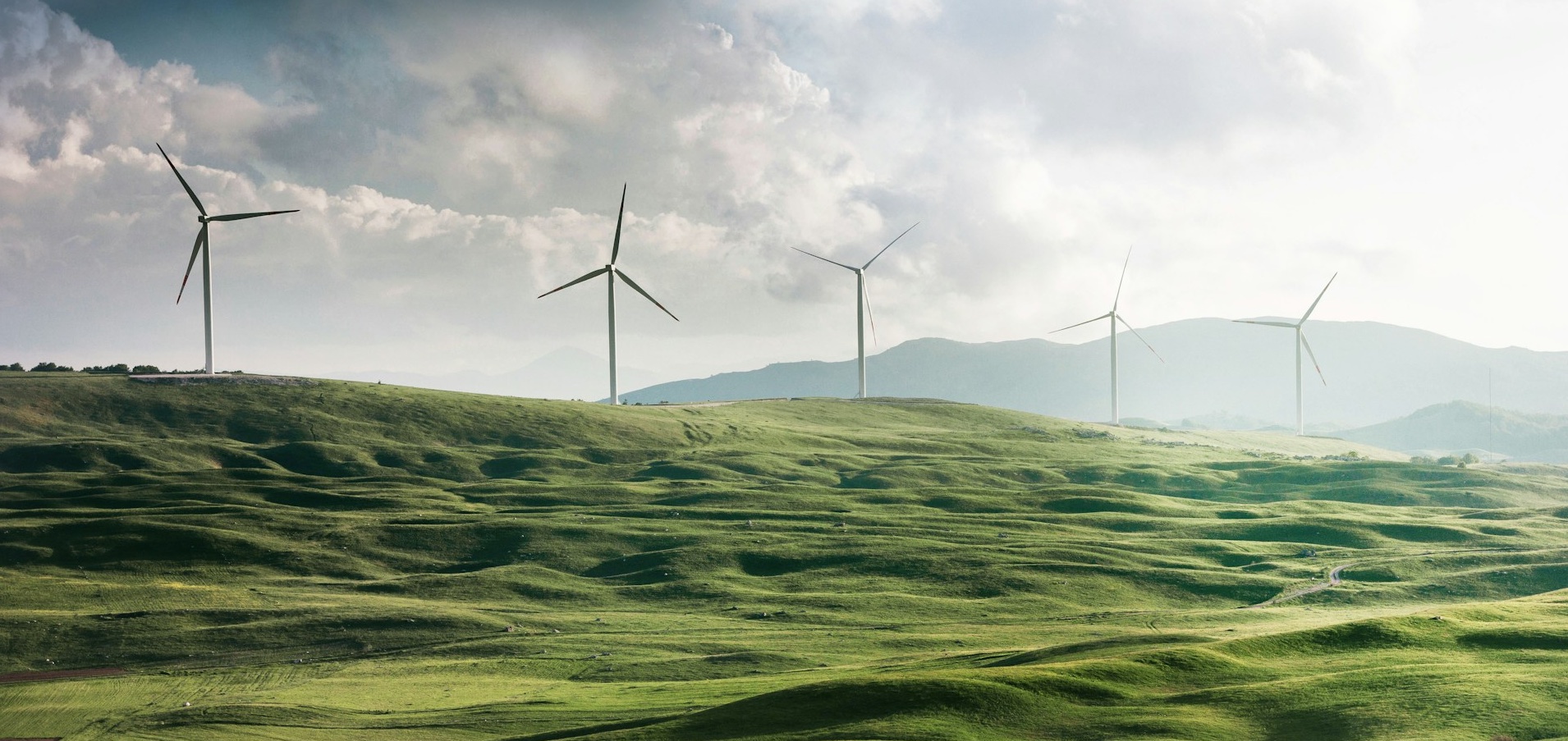Infrastructure Critical for Climate Transition
Climate change is one of the most pressing challenges of our time, with far-reaching implications for the environment, economy, and society. As the world grapples with the need to reduce greenhouse gas emissions, Asia has emerged as a key region with immense green potential. The region’s potential lies in harnessing renewable energy sources, improving energy efficiency, and promoting sustainable transportation systems.
Investing in sustainable infrastructure is essential to unlock Asia’s green potential. This includes developing clean energy projects such as solar and wind farms; expanding public transportation networks; and implementing energy-efficient building designs.
Asian cities are projected to contribute more than half the rise in global greenhouse gas emissions over the next 20 years if no radical changes are implemented. Low-lying and coastal cities in the Asian region are prone to rising sea levels, frequent floods, and other impacts of climate change. With the effects of climate change becoming increasingly apparent, sustainable projects play a key role in protecting our environment. Estimates suggests that the average annual demand for green projects, such as sustainable infrastructure and renewable energy will rise to US$200 billion by 2030 in Asia.
Varied Benefits
Investing in sustainable infrastructure offers numerous benefits for both the environment and the economy. First, it helps combat climate change by reducing greenhouse gas emissions. By replacing traditional energy sources with renewable alternatives, such as solar and wind power, Asia can significantly decrease its carbon footprint.
Second, sustainable infrastructure can enhance energy security and reduce dependence on imported fossil fuels. By investing in domestic renewable energy sources, countries in Asia can become more self-sufficient and resilient to fluctuations in global energy markets. Take the case of South Asian countries: India, Pakistan, and Bangladesh are undergoing severe energy shortage due to their heavy reliance on imported fossil energy.
Furthermore, sustainable infrastructure projects can create jobs and drive economic growth. The renewable energy sector, in particular, has the potential to generate employment opportunities and stimulate local economies. By investing in green infrastructure, governments can spur innovation, attract foreign investment, and promote sustainable development. Nepal, once a power-starved nation, has been able to improve its energy management system by unlocking its immense hydropower potential. The country is now at a stage where it is exporting surplus hydroelectricity to its neighbor, India.
Challenges Remain
The region faces several challenges in implementing and scaling up green projects. These include financing constraints, inadequate policy frameworks, and technological barriers.
Accessing affordable capital remains a key hurdle for many green project developers. Governments and financial institutions need to collaborate and create innovative financing mechanisms to attract investment and reduce the risk associated with green projects.
Policies too need to be harmonized across the region as some countries have implemented supportive policies and regulations, while others lag behind. Moreover, lack of advanced energy storage systems and grid integration hinder the widespread adoption of green infrastructure in Asia.
Successful Examples
Despite the challenges, there are several successful examples of sustainable infrastructure projects in Asia. In a first-of-its-kind private credit fund financing, the Asian Infrastructure Investment Bank (AIIB) has approved a US$100-million investment into the ADM Capital Elkhorn Emerging Asia Renewable Energy Fund. With a target size of US$500 million, the fund focuses on SMEs and renewable projects. It aims to enhance electricity access and security, promote energy efficiency, and contribute to lowering the carbon intensity of electricity supply in AIIB’s regional members.
Another remarkable sustainable project in the works is a wind power project in Laos, with a capacity of 600 MW. The largest wind-power project in Southeast Asia and the first cross-border sustainable energy project will export and sell electricity to neighboring Vietnam. This project creates a win-win situation for both the countries as Vietnam will get access to a substantial source of clean renewable energy, while in Laos the project will provide social and economic benefits in the form of employment, improved infrastructure, increased regional connectivity, and revenues through collection of royalties, lease payments and taxes.
“Asia is the place where the battle against climate change will be won or lost. Infrastructure is the critical part of the climate transition, as most emissions come through infrastructure of various kinds,” said Danny Alexander, vice president for policy and strategy at Asian Infrastructure Investment Bank.
Investing in sustainable infrastructure is crucial to tackling climate change and unlocking Asia’s green potential. It will require collective action from governments, private sector entities and the civil society.
Image Caption: Asia will need to fully harness its renewal energy potential to ensure rapid climate transition.



